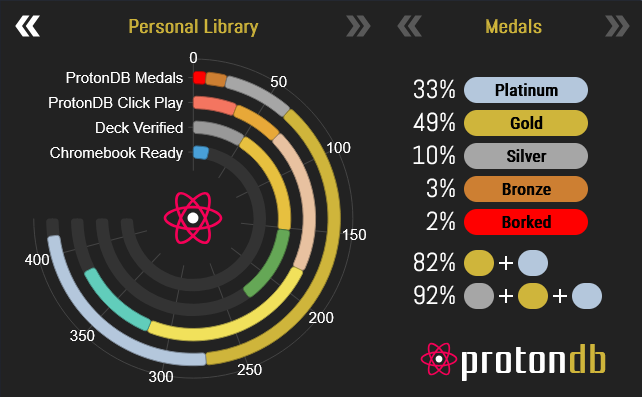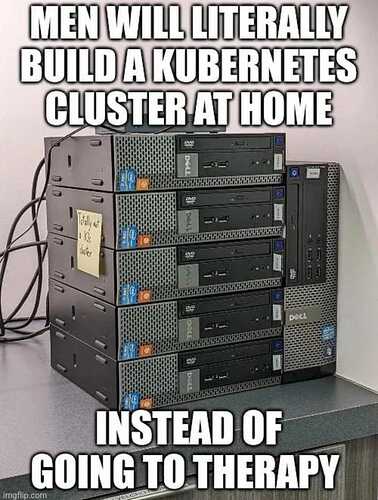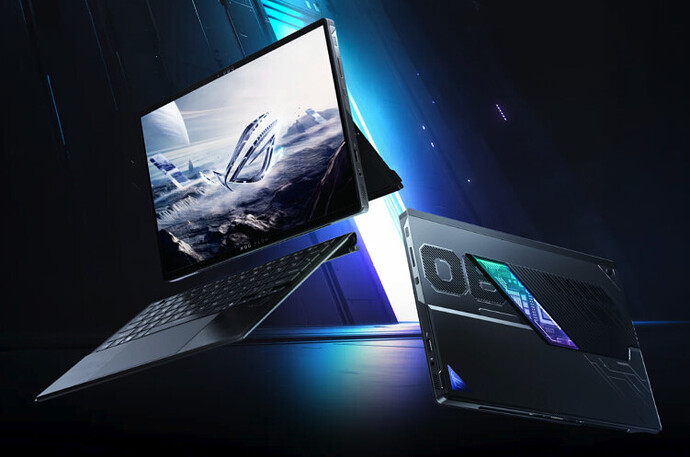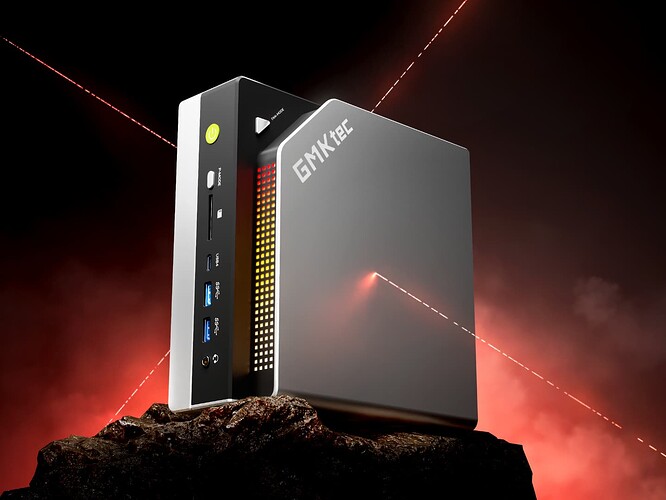Every year since the early 2000s (perhaps even as early as 1998), there was some poor soul who said it: This is the year of Linux on Desktop. It is one of the earliest and most persistent Internet memes.
Although the meme lives, a Digivolved version is now also doing the rounds: “This is the year of gaming on Linux”. At the turn of the 2010s, there was huge excitement about an increasing number of indie developers supporting Linux. It all started with Wolfire Games garnering a huge amount of interest for its title, Lugaru, when it announced native Linux support.
Wolfire would go on to launch the Humble Indie Bundle to promote Lugaru and a trove of other indies that were releasing cross-platform PC games. That first bundle included World of Goo, Aquaria, Gish, Lugaru HD, and Penumbra: Overture. Samorost 2 was added later as a bonus.
Then, in 2013, Steam officially launched Linux support and announced its Linux-based SteamOS. Soon there were hundreds of games that ran natively on Linux. The future seemed bright, although two years later I could only report that gaming on Linux didn’t suck anymore, but was hardly ready for the prime time.
Unfortunately, somewhere along the way, studios’ enthusiasm for porting games to Linux diminished. We went from Bioshock Infinite being released for Ubuntu/SteamOS, to many indie titles not bothering with Linux anymore (although some games do still get a Mac release).
Then, in 2022, Valve released the Steam Deck, ushering in another shift. Valve had steadily been improving its Proton compatibility layer in the background, allowing thousands of Windows games to run on Linux. Amazingly, some games run better this way than on Windows.
In 2025, there is growing discontentment with the bloat in Windows and the direction Microsoft is taking its flagship product. Pewdiepie also made a shock appearance on the YouTube feeds of Linux diehards when he made an off-hand remark that he had switched to Linux. This led to a more in-depth video about his Linux journey and setup, and some excitement about how “normalised” gaming on Linux was becoming.
The plan
With the background out of the way… I’d like to mess around with Linux gaming again, but before I do something drastic to my main gaming machine, I want to do some trial runs.
While some games that need anti-cheat system don’t run well under Linux, those are not the kind of games I play anymore. So, I don’t think that’s going to hold me back much. My big questions are things like: Which distro am I going to use? If I use something more modular like Arch or Gentoo, which subsystems will I end up preferring? Which graphical shell / desktop environment will I use?
These are all questions where reading up online can only take you so far — eventually, you have to see for yourself.
I’ve also recently discovered the interesting world of refurbished corporate small form factor PCs and NUCs. These types of machines reduce overall noise levels by avoiding power supplies that need to be cooled by fans, although I suspect this will limit how powerful a graphics card they can support.
My dream is to basically build a Linux-powered gaming console and media box that runs games from my Steam library (and elsewhere), and supports video and music streaming.
If anyone has looked into this or has first-hand experience with it, I’m all ears. I’ve been reading and watching YouTube widely to try and avoid any pitfalls, but you never know what you don’t know.
Shoutout to @aldyr’s thread from 2023: SteamOS, the “PC gaming console”.






